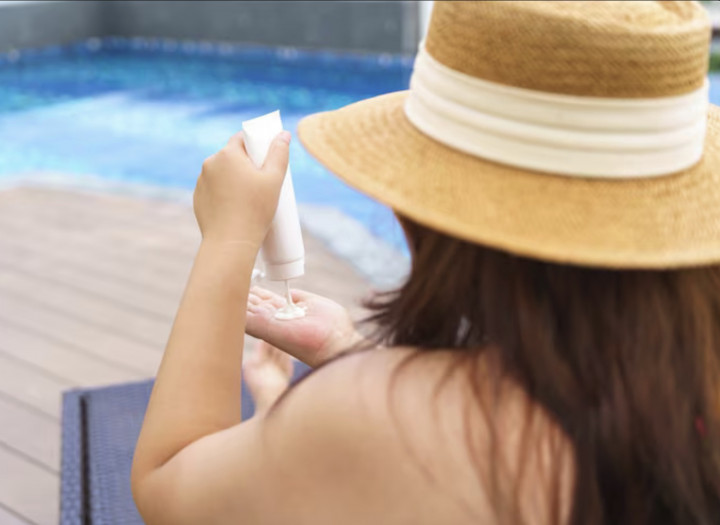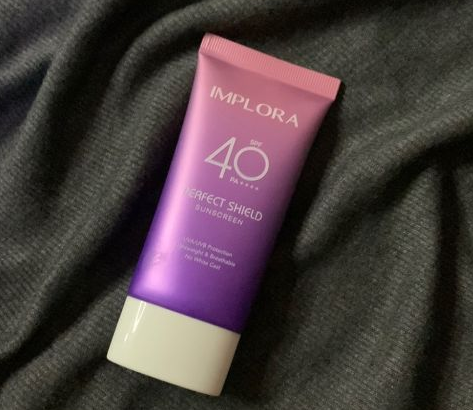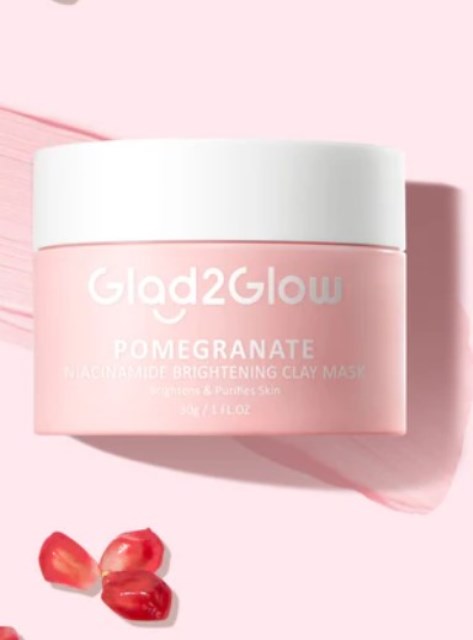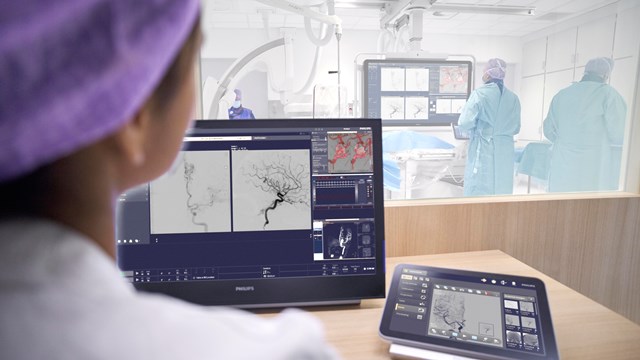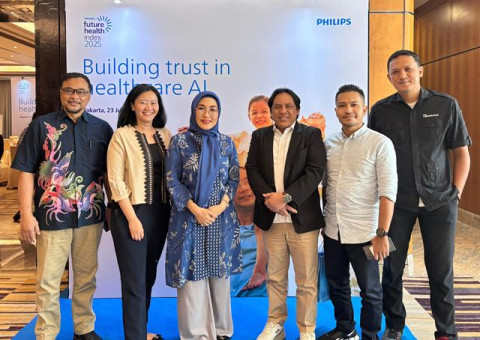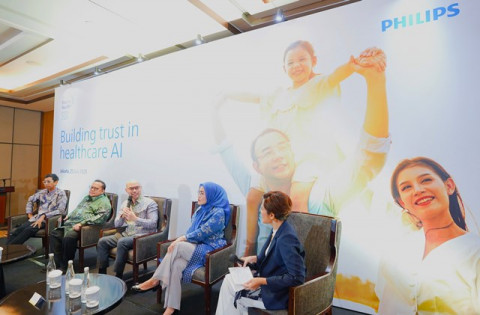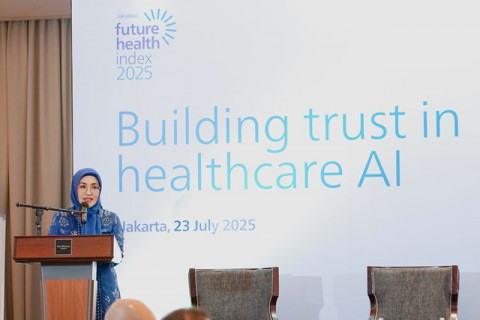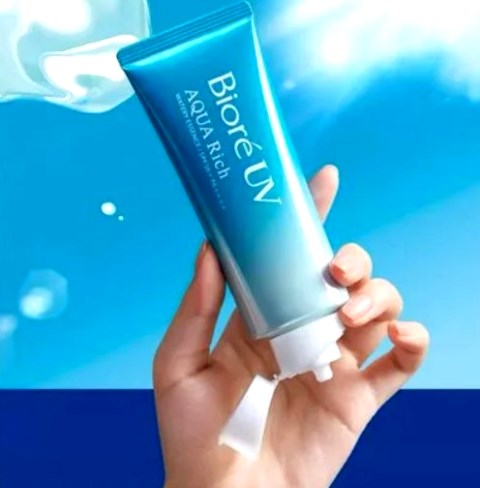FITNESS & HEALTH
Philips' Innovation Supports the Most Challenging of Neurovascular Patients
Yatin Suleha
Jumat 31 Januari 2025 / 22:34
Jakarta: If so far you only know Philips as the producer of the best light bulbs in the world, you should also know that there are other achievements by Philips in the world of health.
Medcom.id was invited to witness the advancement of Royal Philips-a leading health technology company focused on improving people's health and well-being through meaningful innovation directly in The Netherlands also in Barcelona, Spain couple days a go.
And Royal Philips as a global leader in health technology, shared major enhancements to stroke care, such its latest Image Guided Therapy System.
Designed to improve productivity and help care teams make the right decisions faster, treat more patients, and achieve better outcomes, the new interventional system features enhanced 2D and 3D imaging and X-ray detector positioning flexibility.
Minimally invasive procedures enabled by interventional systems are a key part of the diagnosis and treatment pathway for stroke, where every minute counts in conserving the patient’s quality-of-life.
Interventional systems are also used to precisely plan and carry out complex neurovascular procedures such as the repair of brain aneurysms and birth defects.
Read too: Mengenal Stroke Iskemik dan Hemoragik: Apa Bedanya?
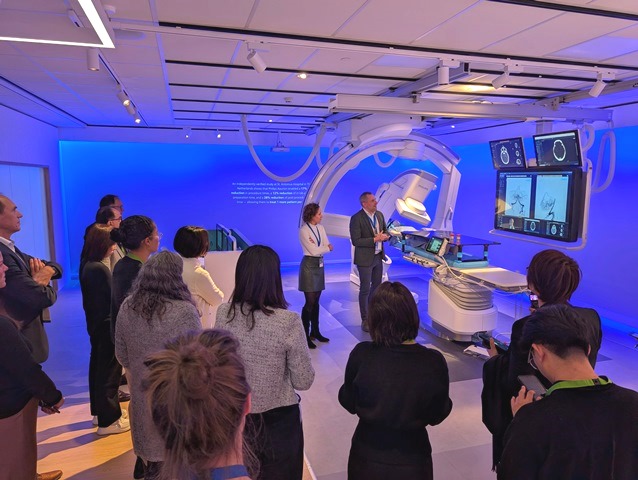
(New image guided system aims to speed up and improve minimally invasive diagnosis and treatment of neurovascular patients. Photo: Doc. Philips)
By allowing neuro interventionists to treat more patients, more efficiently, with potentially better outcomes, the new image guided therapy system enhances both the staff and patient experience and contributes to lower cost of care.
“Working closely with leading interventionists, we designed the latest latest neuro biplane to meet their requirements of superior patient care, optimized angio suite performance, and efficient return on investment,” said Mark Stoffels, Business Leader of Image Guided Therapy Systems at Philips.
“Together, I am confident we can continue to reduce the impact of stroke, helping more patients to recover faster and reducing long-term impact on their health.”
Philips’ new image-guided therapy system is designed to smooth and optimize procedure workflows where a combination of 2D and 3D imaging is needed for confident diagnosis and precision treatment.
Used with the company’s latest software and services, it provides neuro interventionists with a fully integrated solution that combines Philips’ world-class low dose imaging with a range of neuro dedicated tools and value-added services that offer unprecedented levels of efficiency, flexibility, and control.
New features in the neuro biplane system system include enhanced C-arm rotation, angulation (imaging angles), and parking facilities that allow rapid transitioning between 2D to 3D imaging, comprehensive table-side control that eliminates the need to leave the sterile field, automatic beam rotation to obtain correctly oriented images for every angulation and rotation, and a new head immobilizer to support enhanced stroke care.
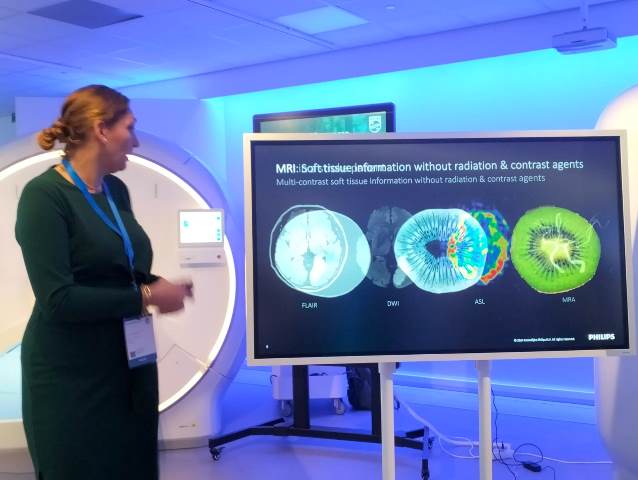
(New image-guided therapy system is a complete interventional solution for confident diagnosis, image guidance, and therapy assessment of patients with stroke or other neurovascular diseases. Photo: Doc. Philips)
From the data of World Stroke Organization (WSO), 1 in 4 adults over the age of 25 will have a stroke at some point in their lives. Globally, the direct and indirect cost has been estimated at around USD891 billion per year.
The key to reducing the personal, societal, and financial impact of stroke is to follow the axiom ‘time-is-brain’. The faster stroke is treated, the better the potential outcome. It is the same meaning with "Time saved is brain saved".
It is because stroke patients have a much greater chance of surviving and avoiding long-term brain damage if they arrive at the hospital and receive treatment.
For ischemic stroke, which accounts for 87% of all strokes, the benefits of delivering intra-arterial treatment (IAT) – catheter-based procedures to mechanically disrupt or remove blood clots (mechanical thrombectomy) and/or inject clot-busting agents – within 6 hours of symptom onset, are widely accepted.
With mechanical thrombectomy becoming the standard for treating Large Vessel Occlusion (LVO) ischemic stroke, the demand for high utilization angio suites that allow interventionists to operate with speed and efficiency has rapidly increased.
In addition to the efficiency enhancing features, Philips is maximizing the up-time of its angio suite solutions by using AI and machine learning to monitor system performance through the new remote connection services.
These services communicate, monitor, and proactively respond to potential service issues – for example, predicting likely component failures at least seven days in advance so that pre-emptive action can be taken.
With its comprehensive stroke care portfolio, Philips is connecting the dots between caregivers – wherever they are – at every vital step in the stroke care pathway. The result is smart stroke solutions designed to support connected care.
Cek Berita dan Artikel yang lain di

Viral! 18 Kampus ternama memberikan beasiswa full sampai lulus untuk S1 dan S2 di Beasiswa OSC. Info lebih lengkap klik : osc.medcom.id
(TIN)
Medcom.id was invited to witness the advancement of Royal Philips-a leading health technology company focused on improving people's health and well-being through meaningful innovation directly in The Netherlands also in Barcelona, Spain couple days a go.
And Royal Philips as a global leader in health technology, shared major enhancements to stroke care, such its latest Image Guided Therapy System.
Designed to improve productivity and help care teams make the right decisions faster, treat more patients, and achieve better outcomes, the new interventional system features enhanced 2D and 3D imaging and X-ray detector positioning flexibility.
Minimally invasive procedures enabled by interventional systems are a key part of the diagnosis and treatment pathway for stroke, where every minute counts in conserving the patient’s quality-of-life.
Interventional systems are also used to precisely plan and carry out complex neurovascular procedures such as the repair of brain aneurysms and birth defects.
Read too: Mengenal Stroke Iskemik dan Hemoragik: Apa Bedanya?
More efficiently and with potentially better outcomes

(New image guided system aims to speed up and improve minimally invasive diagnosis and treatment of neurovascular patients. Photo: Doc. Philips)
By allowing neuro interventionists to treat more patients, more efficiently, with potentially better outcomes, the new image guided therapy system enhances both the staff and patient experience and contributes to lower cost of care.
“Working closely with leading interventionists, we designed the latest latest neuro biplane to meet their requirements of superior patient care, optimized angio suite performance, and efficient return on investment,” said Mark Stoffels, Business Leader of Image Guided Therapy Systems at Philips.
“Together, I am confident we can continue to reduce the impact of stroke, helping more patients to recover faster and reducing long-term impact on their health.”
Philips’ new image-guided therapy system is designed to smooth and optimize procedure workflows where a combination of 2D and 3D imaging is needed for confident diagnosis and precision treatment.
Used with the company’s latest software and services, it provides neuro interventionists with a fully integrated solution that combines Philips’ world-class low dose imaging with a range of neuro dedicated tools and value-added services that offer unprecedented levels of efficiency, flexibility, and control.
New features in the neuro biplane system system include enhanced C-arm rotation, angulation (imaging angles), and parking facilities that allow rapid transitioning between 2D to 3D imaging, comprehensive table-side control that eliminates the need to leave the sterile field, automatic beam rotation to obtain correctly oriented images for every angulation and rotation, and a new head immobilizer to support enhanced stroke care.
Accelerating treatment for stroke

(New image-guided therapy system is a complete interventional solution for confident diagnosis, image guidance, and therapy assessment of patients with stroke or other neurovascular diseases. Photo: Doc. Philips)
From the data of World Stroke Organization (WSO), 1 in 4 adults over the age of 25 will have a stroke at some point in their lives. Globally, the direct and indirect cost has been estimated at around USD891 billion per year.
The key to reducing the personal, societal, and financial impact of stroke is to follow the axiom ‘time-is-brain’. The faster stroke is treated, the better the potential outcome. It is the same meaning with "Time saved is brain saved".
It is because stroke patients have a much greater chance of surviving and avoiding long-term brain damage if they arrive at the hospital and receive treatment.
For ischemic stroke, which accounts for 87% of all strokes, the benefits of delivering intra-arterial treatment (IAT) – catheter-based procedures to mechanically disrupt or remove blood clots (mechanical thrombectomy) and/or inject clot-busting agents – within 6 hours of symptom onset, are widely accepted.
With mechanical thrombectomy becoming the standard for treating Large Vessel Occlusion (LVO) ischemic stroke, the demand for high utilization angio suites that allow interventionists to operate with speed and efficiency has rapidly increased.
In addition to the efficiency enhancing features, Philips is maximizing the up-time of its angio suite solutions by using AI and machine learning to monitor system performance through the new remote connection services.
These services communicate, monitor, and proactively respond to potential service issues – for example, predicting likely component failures at least seven days in advance so that pre-emptive action can be taken.
With its comprehensive stroke care portfolio, Philips is connecting the dots between caregivers – wherever they are – at every vital step in the stroke care pathway. The result is smart stroke solutions designed to support connected care.
Cek Berita dan Artikel yang lain di
Google News
Viral! 18 Kampus ternama memberikan beasiswa full sampai lulus untuk S1 dan S2 di Beasiswa OSC. Info lebih lengkap klik : osc.medcom.id
(TIN)
